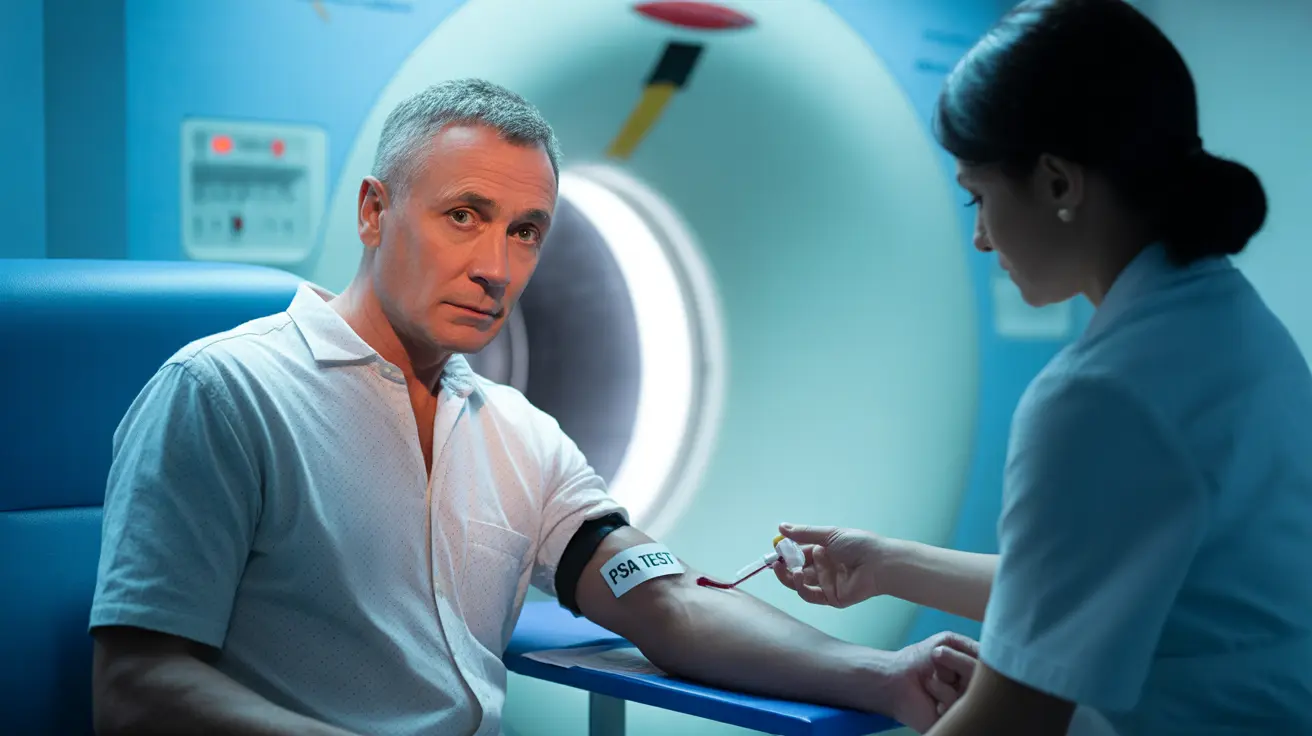When prostate cancer returns after initial treatment, it's known as recurrent prostate cancer. Understanding survival rates and treatment options is crucial for patients and their families facing this diagnosis. This comprehensive guide explores the factors affecting survival, diagnostic methods, and available treatments for recurrent prostate cancer.
Diagnosing Recurrent Prostate Cancer
Recurrent prostate cancer is typically detected through regular PSA (Prostate-Specific Antigen) monitoring after initial treatment. A rising PSA level often serves as the first indicator of recurrence. Doctors use various imaging techniques, including bone scans, CT scans, and advanced PET scans, to confirm the presence and extent of recurring cancer.
Common Signs of Recurrence
While some men may not experience symptoms initially, potential indicators of recurrent prostate cancer can include:
- Elevated PSA levels
- Bone pain or discomfort
- Urinary problems
- Unexplained weight loss
- Fatigue
Survival Rates and Prognosis
The survival rate for recurrent prostate cancer varies significantly depending on several factors. Many men with recurrent prostate cancer can live for many years with appropriate treatment and monitoring. Five-year survival rates can range from 60% to over 90%, depending on individual circumstances.
Key Factors Affecting Survival
Several important factors influence survival outcomes in recurrent prostate cancer:
- Time between initial treatment and recurrence
- PSA doubling time
- Location of recurrence (local vs. metastatic)
- Overall health status
- Response to secondary treatments
- Initial cancer stage and grade
Treatment Options for Recurrent Disease
Treatment choices for recurrent prostate cancer depend on the type of initial treatment received and the pattern of recurrence. Options may include:
Salvage Therapy Options
For locally recurrent cancer:
- Salvage radiation therapy
- Salvage prostatectomy
- Cryotherapy
- High-intensity focused ultrasound (HIFU)
Systemic Treatment Options
For metastatic recurrence:
- Hormone therapy
- Chemotherapy
- Immunotherapy
- Clinical trials
- Targeted therapies
Managing Long-term Outcomes
Long-term management of recurrent prostate cancer involves regular monitoring, lifestyle modifications, and ongoing communication with healthcare providers. Support groups and counseling services can also play vital roles in improving quality of life during treatment.
Frequently Asked Questions
- What is the survival rate for men with recurrent prostate cancer after initial treatment?
Survival rates vary widely based on individual factors, but many men with recurrent prostate cancer can live for many years with appropriate treatment. Five-year survival rates typically range from 60% to over 90%, depending on the specific circumstances of recurrence.
- What factors influence the survival outcome of recurrent prostate cancer?
Key factors include the timing of recurrence, PSA doubling time, location of recurrence (local vs. metastatic), overall health status, response to secondary treatments, and the initial cancer stage and grade.
- How is recurrent prostate cancer diagnosed and monitored?
Diagnosis primarily relies on PSA monitoring, imaging studies (such as bone scans, CT scans, and PET scans), and regular physical examinations. Regular follow-up appointments and PSA testing help monitor disease progression.
- What are the treatment options for prostate cancer that comes back after surgery or radiation?
Treatment options include salvage therapy (radiation or surgery), hormone therapy, chemotherapy, immunotherapy, and clinical trials. The choice depends on the initial treatment received and the pattern of recurrence.
- How does the timing of prostate cancer recurrence affect long-term survival?
Earlier recurrence after initial treatment generally indicates more aggressive disease and may be associated with lower survival rates. Later recurrence (several years after initial treatment) often has a better prognosis and more treatment options available.




